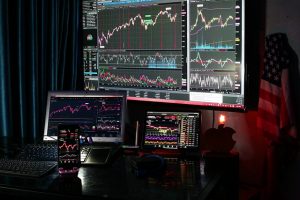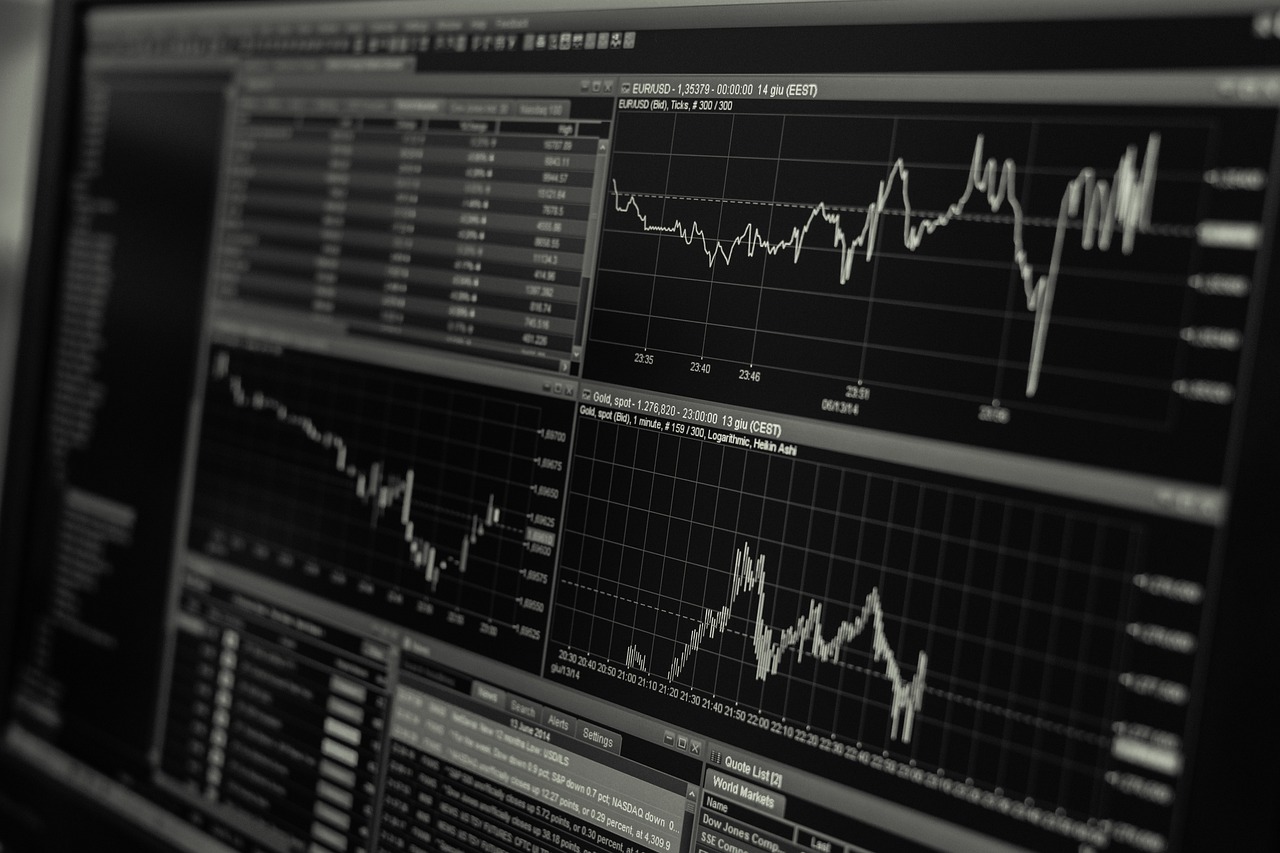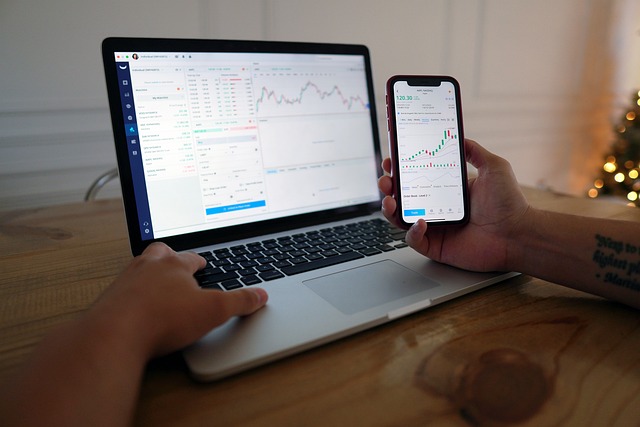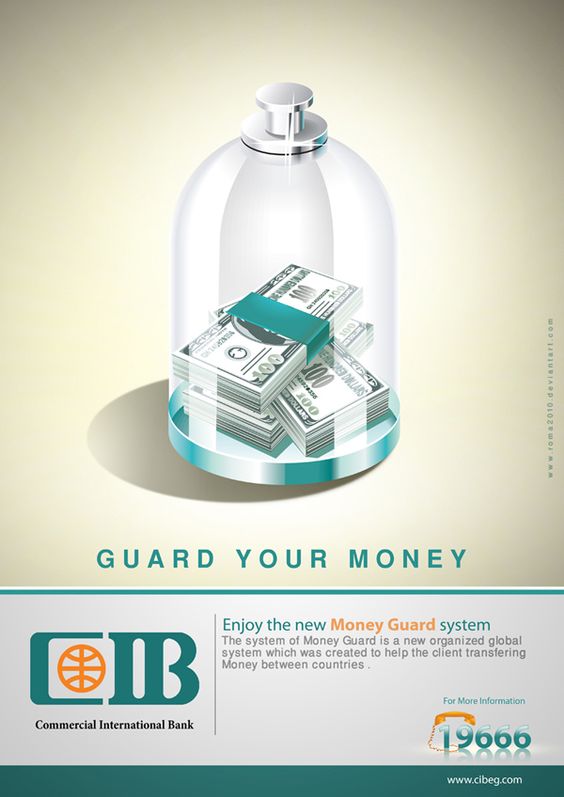The Trade Size Matters: Strategies to Get the Best Position Size for Your Trades

The size really matters, at least when it comes to trading. The position size of your trades can greatly impact your overall profitability and risk management. Trading is something you can’t do without a proper trade size. This is the amount of money you are willing to risk on each trade. You can learn more about weighing the risk in an article titled “How Trade Size Impacts Returns.” Basically, the trade size can have a significant impact on your trading performance, and it is crucial to find the right balance.
You see, many beginner traders make the mistake of trading with large position sizes, thinking that it will lead to bigger profits. Unfortunately, it can also lead to bigger losses if the trade goes against them. So, how do you determine the best position size for your trades? Here are some strategies to help you find the right size.
Percentage Risk Model
 The Percentage Risk Model is a popular method used by traders to determine the size of their positions based on the level of risk they are willing to take. This strategy involves calculating and determining the percentage of your trading account that you’re willing to risk on a single trade. For example, if you decide to risk 2.5% of your account on each trade, you’ll have the option to adjust your position size accordingly.
The Percentage Risk Model is a popular method used by traders to determine the size of their positions based on the level of risk they are willing to take. This strategy involves calculating and determining the percentage of your trading account that you’re willing to risk on a single trade. For example, if you decide to risk 2.5% of your account on each trade, you’ll have the option to adjust your position size accordingly.
By using this model, traders can ensure that they do not overexpose themselves to potential losses and maintain consistency in their risk management.
Fixed Dollar Amount Model
By using a fixed dollar amount for each trade, you can maintain consistency in your risk management approach. Whether you are trading high or low-priced stocks, this model allows you to control your risk exposure effectively. One advantage of the Fixed Dollar Amount Model is its simplicity. You don’t have to calculate percentages or adjust your position size based on market conditions constantly. This straightforward approach can help streamline your trading process and reduce decision-making stress. However, it’s essential to consider factors like account size and overall risk tolerance when implementing this model.
Volatility-Based Position Sizing
But what if you need an approach to staying ahead of the market’s fluctuations? Volatility-based position sizing is a strategy designed just for you. By adjusting your trade size based on the volatility of the asset you’re trading, you can potentially optimize your risk and return. Higher volatility may lead to larger position sizes to accommodate for potential bigger price swings, while lower volatility could mean smaller positions to manage risk effectively. This model aims to help traders adapt their trades according to the current market conditions. It offers a more dynamic approach compared to fixed models, as it considers the fluctuating nature of markets.
Kelly Criterion
 Developed by John L. Kelly Jr. in the 1950s, this used-to-be secret formula takes into account both the probability of success and the huge potential reward of a trade. The Kelly Criterion helps traders calculate what percentage of their capital should be risked on each trade based on their edge in the market. By balancing risk and return, this approach aims to maximize long-term growth while minimizing the chances of ruin.
Developed by John L. Kelly Jr. in the 1950s, this used-to-be secret formula takes into account both the probability of success and the huge potential reward of a trade. The Kelly Criterion helps traders calculate what percentage of their capital should be risked on each trade based on their edge in the market. By balancing risk and return, this approach aims to maximize long-term growth while minimizing the chances of ruin.
Note that while the Kelly Criterion can be powerful when used correctly, it also comes with its own set of risks. Traders need to carefully assess their edge and probabilities before implementing this strategy to avoid overleveraging or exposing themselves to unnecessary risks.
Final Thought
Of course, it doesn’t mean that if none of these approaches suits your trading style, you’re out of the league. It’s just something to keep in mind. In the end, you need to consider your trading style, risk appetite, and market volatility before settling on a strategy. Experiment with different methods and find what works best for you.…




